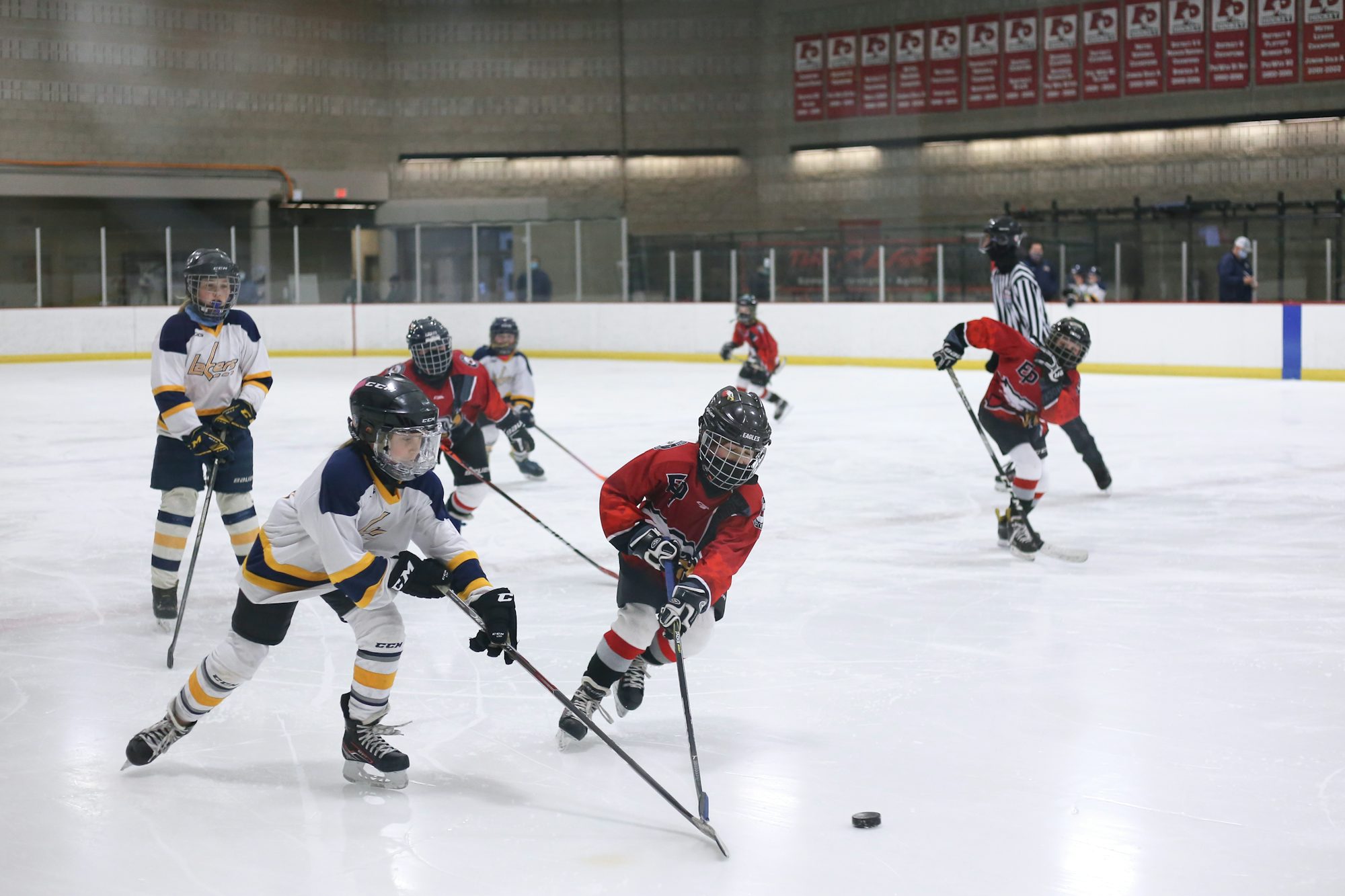
The Evolution of Hockey Skills: Mastering the Game
An exploration of essential hockey skills, techniques, and strategies asfinag vignette asfinag that are vital for players at all levels to master the game and enhance their performance. The Foundation: Skating Skills
At the heart of hockey is the ability to skate efficiently. Skating serves as the foundation for all other skills in the game, allowing players to maneuver quickly and maintain balance. There are several key aspects of skating that every player should focus on: stance, stride, and stopping techniques.
A proper stance involves bending the knees slightly, keeping the back straight, and positioning the feet shoulder-width apart. This posture not only aids in balance but also prepares players for quick movements. A powerful stride is crucial for speed and acceleration, emphasizing the use of the inside edges of the skates to push off effectively. Learning how to stop quickly is equally important; techniques like the T-stop and snowplow stop allow players to regain control and pivot seamlessly during gameplay.
Stickhandling: The Art of Control
Stickhandling is another essential skill that distinguishes proficient players. Mastering the puck or ball control enables players to navigate through defenders, create scoring opportunities, and maintain possession. Effective stickhandling requires a combination of hand-eye coordination, wrist strength, and agility.
To develop stickhandling skills, players should practice various drills that emphasize control, such as weaving through cones or performing figure-eight movements. It's also important to work on using both sides of the stick, allowing for versatility in different game situations. Incorporating puck or ball manipulation exercises into regular training sessions can enhance a player’s overall comfort and confidence with the equipment.
Passing Techniques
Accurate passing is vital for team success in hockey. Effective communication and teamwork are often built around how well players can pass the puck or ball to one another. There are several passing techniques players should master, including forehand and backhand passes, as well as saucer passes for elevated play.
Forehand passes are typically more straightforward, allowing for greater accuracy. Practicing with a partner or against a wall can help improve both speed and precision. Backhand passes require more finesse and can catch defenders off guard, but they often lack the power of forehand passes. Saucer passes, which lift the puck over sticks or obstacles, are essential for navigating tight defenses. Regular practice of these techniques can significantly enhance a player's passing game, creating a more dynamic team offense.
Shooting Techniques: Finding the Back of the Net
Shooting is perhaps the most exhilarating aspect of hockey, and developing a variety of shooting techniques is essential for scoring goals. Players should focus on mastering different types of shots, including wrist shots, slap shots, and snap shots. Each technique has its own application, making it important to understand when to use them.
Wrist shots are known for their accuracy and quick release, making them ideal for close-range scoring opportunities. Slap shots, on the other hand, are powerful and asfinag vignette asfinag can catch goalies off-guard from a distance. Snap shots combine elements of both, offering a balance between speed and accuracy. Practicing these shots from different angles and distances can help players find their scoring touch and build confidence in their abilities.
Defensive Skills: The Importance of Defense
While scoring is crucial, solid defensive skills are equally important for a well-rounded player. Understanding defensive tactics, positioning, and communication are key components of successful defense in hockey. Players should focus on maintaining proper positioning relative to the puck and opposing players, ensuring they are always ready to intercept passes or block shots.
Techniques such as angling opponents, using body positioning, and stick-checking can greatly enhance defensive performance. Angling involves directing an opponent away from the goal, while stick-checking allows players to disrupt plays without making physical contact. Practicing these skills in game-like scenarios can help develop instincts and awareness on the ice or field, making defenders more effective in preventing scoring opportunities.
Tactical Strategies: Thinking the Game
Beyond individual skills, understanding tactical strategies is essential for hockey players. Players must learn to read the game, anticipate plays, and make quick decisions. Familiarity with concepts such as breakouts, forechecking, and power plays can elevate a player's performance.
Breakouts refer to the strategies employed to transition from defense to offense, while forechecking involves applying pressure to the opposing team in their defensive zone. Power plays occur when one team has a numerical advantage due to a penalty on the opposing side, creating opportunities for goal-scoring. Understanding these strategies can significantly impact a team's effectiveness, leading to greater success in games.
The Role of Practice and Continuous Improvement
The path to mastering hockey skills is paved with practice and dedication. Regular training sessions focused on specific skills, combined with game experience, are crucial for improvement. Players should seek constructive feedback from coaches and teammates to identify areas for development. Setting achievable goals, whether they involve improving skating speed, passing accuracy, or shooting power, can help maintain motivation and track progress.
Additionally, participating in drills, scrimmages, and competitive play can enhance skill development. Engaging in varied training environments not only hones technical skills but also fosters adaptability and resilience in different game situations. The journey to becoming a skilled hockey player is ongoing; embracing a mindset of continuous improvement is essential for long-term success.
Conclusion
Mastering the various skills and techniques in hockey is crucial for players looking to enhance their performance on the ice or field. From foundational skating and stickhandling to advanced shooting and defensive strategies, each element contributes to a player's overall effectiveness. By prioritizing practice, seeking feedback, and understanding the tactical aspects of the game, players can develop their skills and contribute to their team's success. Ultimately, the pursuit of excellence in hockey is a rewarding journey that fosters personal growth, teamwork, and a lifelong love for the sport.